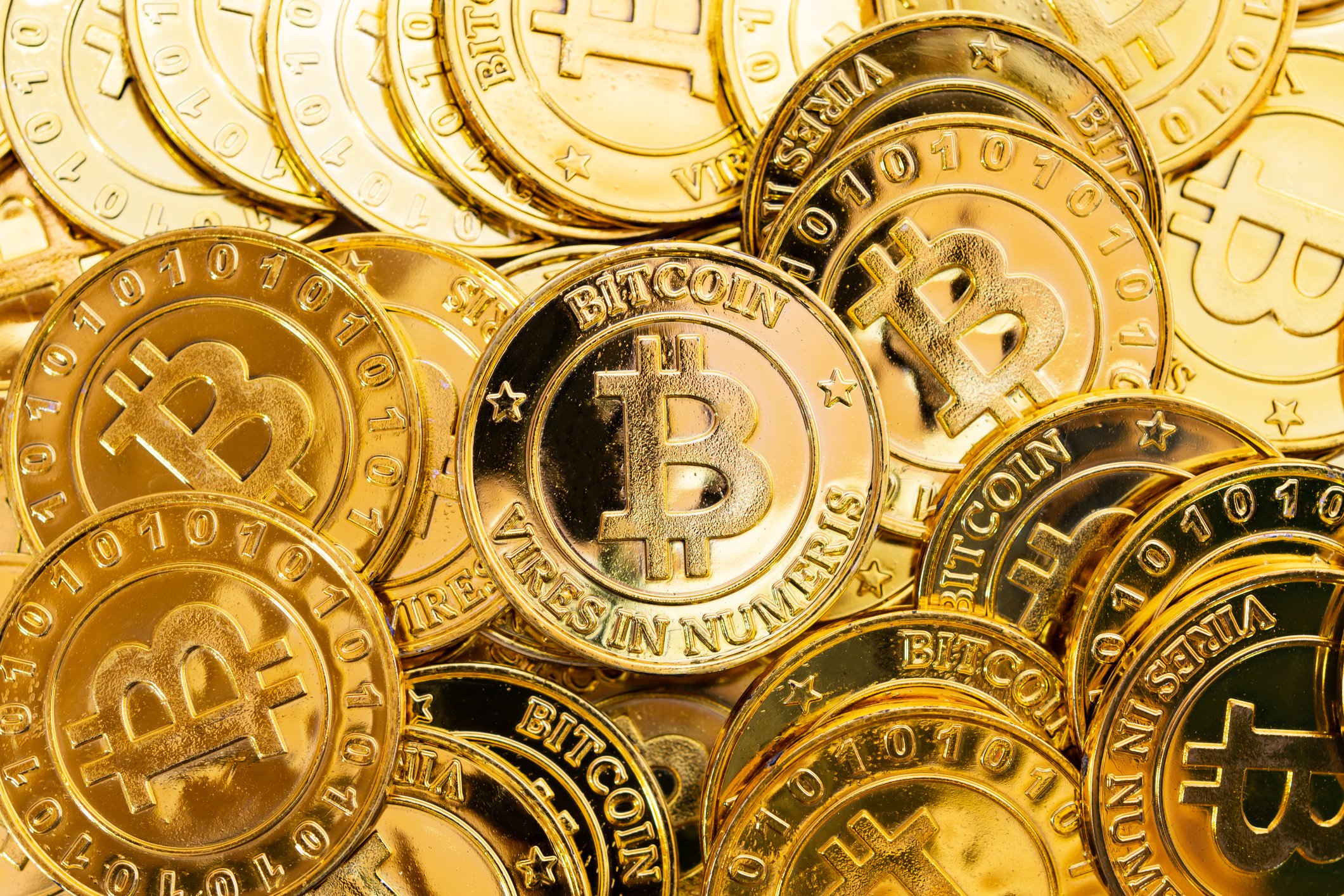Bitcoin (BTC 4.05%) was on fire early in the day on Wednesday, only to crash as the market dropped. Investors were reminded that Bitcoin doesn't run the world, the bond market does, and that was apparent today.
The big news was a weak 20-year Treasury auction from the U.S. Treasury that resulted in a big spike in bond yields. And higher yields typically mean investors are fleeing from high-risk assets to safer assets. Crypto advocates may think Bitcoin is a "safe" asset, but history tells us that Bitcoin trades correlated with growth stocks and isn't a safe haven if there's a recession or the market drops.
Bitcoin's jump to $109,722 happened just before 1 p.m. ET, just before the 20-year auction took place. The value dropped to $106,307 within minutes and is now down to $107,191 as I'm writing. Ethereum (ETH 6.57%) took a similar path, falling 5% to $2,480 in a few minutes and Dogecoin (DOGE 5.72%) dropped 5.6% peak to trough and is now at $0.226 per token.

Image source: Getty Images.
The crypto reality
As much as crypto advocates would like to think cryptocurrencies are a hedge against the market, the reality is crypto is very correlated with growth stocks.
You can see that in the movement of Bitcoin and the Vanguard Growth Index ETF over the past three years.
Bitcoin Price data by YCharts
And the same correlation holds when the market fell in late 2021 into 2022.
Bitcoin Price data by YCharts
As bond values fall (because yields are rising), it's likely investors pull back from growth stocks and risky assets like cryptocurrencies. We're seeing that in a small move today, but don't be surprised if it gets worse.

CRYPTO: BTC
Key Data Points
Why are bonds telling a negative story?
The concern for investors is that bond markets are sending a warning. When yields jump like this it's an indication investors are seeing rising risk in Treasuries. This could be because they're not seeing the dollar as the safe haven it once was or there's higher risk of rising rates in the future because of inflation.
Those higher rates would be because the Federal Reserve has to fight inflation caused by tariffs. And with companies already starting to make decisions about holiday purchases, it's likely that higher prices will start flowing to consumers relatively soon. When that shows up in the data, it's likely too late, and the market is reacting before conditions get bad.
Higher prices are what led to the market's crash in 2022 as consumers pulled back, companies cut spending, and the economy slowed. But a recession was avoided in part because labor markets were still tight and stimulus money was still flowing. That may not be the case this time around.
Crypto's bubble is bursting
There have been a lot of tailwinds for the crypto industry from the election to rising markets, but this could be a new paradigm. If the U.S. goes into a tariff-induced recession and interest rates rise, rather than fall as you would expect in a recession, there will be massive fallout.
Holding cryptocurrencies may be the last thing investors want to do in that environment and that's why there's so much volatility in a down market. Expect that to continue if bond yields rise and stocks fall in 2025.







